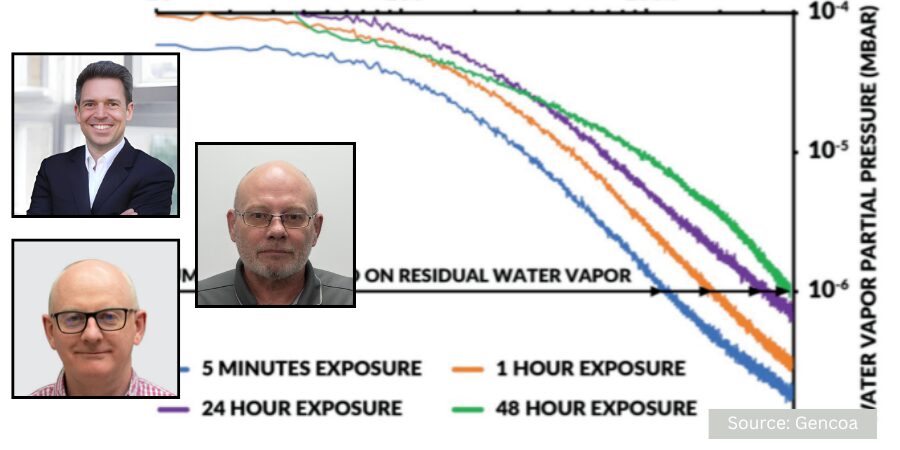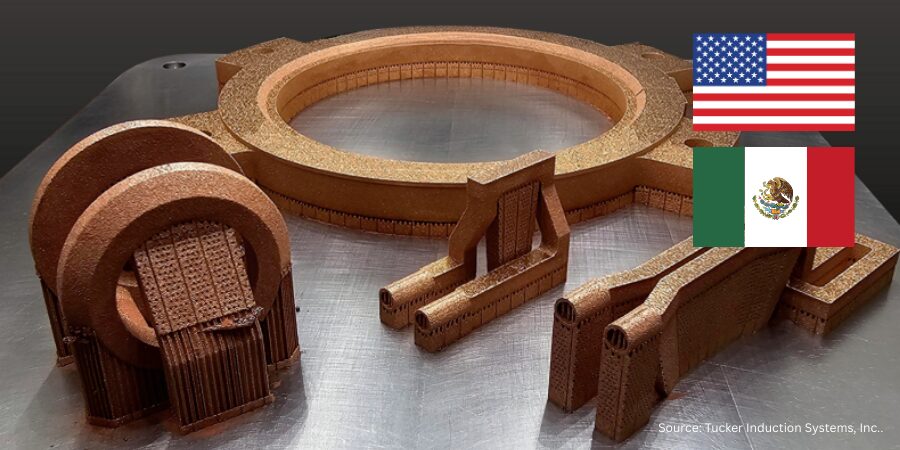
In each installment of Combustion Corner, Jim Roberts, president of U.S. Ignition, reinforces the goal of the series: providing informative content to “furnace guys” about the world of combustion. The previous column examined the air supply inlet — the inhale, and this month, Jim is examining the exhaust system — the exhale, and how to inspect it, maintain it, and manage it.
This informative piece was first released in Heat Treat Today’s March 2025 Aerospace print edition.
A guy walks into a room full of furnace guys and says, “Is it just me, or is it a tad stuffy in here?”
We have all been able to imagine that it is hard to focus and do your job in an environment where it seems like it’s hard to breathe. Well, our hard workin’ buddy, the furnace, is continually stuck in a cycle of trying to breathe in, breathe out — and then somewhere in between, the magic of combustion and heat happens! We talked last month about the “breathe in” part of the combustion process. This month, we are going to remind you that if you take a really good, productive, inhaled, life giving breath, you are probably going to want to exhale at some point, too!
Tip 2: Ensure Exhaust Systems Are Properly Functioning and Clean
Inhale, exhale. It makes sense that if we were earlier having issues with the air supply inlet, the exhaust should also be checked. Today’s combustion equipment is sophisticated and sensitive to pressure fluctuations. If the exhaust is restricted, the burners will struggle to get the proper input to the process. I used to use the example of trying to spit into a soda bottle. Try it. It’s tough to do and invariably will not leave you happy. Clean exhaust also minimizes any chance of fire. Read on for three examples.
A. Check the Flues and Exhausts for Soot
If you are responsible for burners that are delivering indirect heat (in other words, radiant tubes), you have a relatively easy task ahead to check the flues/exhausts. Each burner usually has its own exhaust, and one can see if the burners are running with fuel-rich condition (soot/carbon). Soot is not a sign of properly running burners and will signal trouble ahead. Soot can degrade the alloys at a chemical level. Soot can catch fire and create a hot spot in the tubes. Soot obviously signals you are using more fuel than needed (or your combustion blower is blocked, see the first column in this series).
As a furnace operator or floor person, it should be normal operating procedure to look for leakage around door seals.
Here’s a sub tip: If you cannot see the exhaust outlets directly, look around the floor and on the roof of the furnace up by the exhaust outlets. Light chunks of black stuff is what is being ejected into the room when it breaks free from the burner guts (if it can). That will tell you it’s time to tune those burners. If you do not have a good oxygen/flue gas analyzer, get one. It can be pricey, but it will pay for itself in a matter of months in both maintenance and fuel savings.
B. Seriously … Check the Flues and Leakage Around Door Seals
If you are running direct-fired furnace equipment, or furnaces that have the flue gases mixed from multiple burners, it gets a little trickier. All the same rules apply for not wanting soot. Only now, it can actually get exposure to your product, it can saturate your refractory, and it can clog a flue to the point that furnace pressure is affected. An increase in furnace pressure can test the integrity of your door seals. It can back up into the burners and put undue and untimely wear and tear on burner nozzles, ignitors, flame safety equipment, etc. As a furnace operator or floor person, it should be normal operating procedure to look for leakage around door seals.
C. Utilize Combustion Service Companies
Ask the wizards. Combustion service companies can usually help you diagnose and verify flue issues if you suspect they exist. It’s always a great idea to set a baseline for your combustion settings. Service companies can help you establish the optimum running conditions. Again, money well spent to optimize the performance of your furnaces. I’m sure you already have a combustion service team; some are listed in this publication. Otherwise, consult the trade groups like MTI and IHEA for recommended suppliers of that valuable service.
Check flues monthly. It should be a regular walk around maintenance check.
Don’t let the next headline be your plant. See you next issue.
About The Author:

President
US Ignition
Jim Roberts, president at US Ignition, began his 45-year career in the burner and heat recovery industry directed for heat treating specifically in 1979. He worked for and helped start up WB Combustion in Hales Corners, Wisconsin. In 1985 he joined Eclipse Engineering in Rockford, IL, specializing in heat treating-related combustion equipment/burners. Inducted into the American Gas Association’s Hall of Flame for service in training gas company field managers, Jim is a former president of MTI and has contributed to countless seminars on fuel reduction and combustion-related practices.
Contact Jim Roberts at jim@usignition.com.







